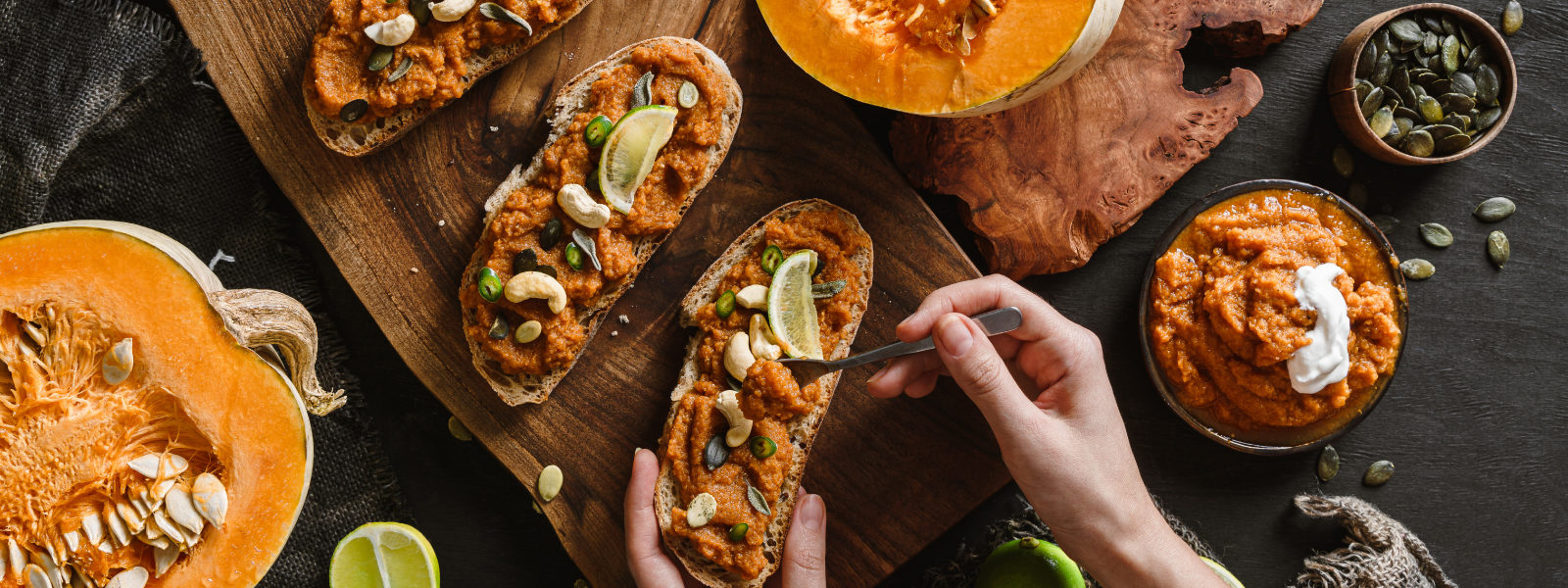One of the benefits of shopping at Seward Co-op is trying new varieties of produce not available at other grocery stores. Make Seward Co-op your one-stop shop for the season’s best squash! We’ll have many of the familiar, traditional winter squash like butternut, acorn, and spaghetti, and invite you to expand your squash palate to try a few that may be new to your pantry. We expect varieties from local Community Foods producers Wisconsin Growers Cooperative, Featherstone Farm, and Heartbeet Farm, among other local farms.
Gourd-geous Squash
Buttercup Squash
Sweet and nutty, buttercup squash have a deep green, edible skin and looks similar to acorn squash. Their delicate and creamy flavor are excellent for steaming and baking. Buttercup’s firm and drier texture is also great in curries and stews or thinly sliced and used in salads or as a pizza topping.
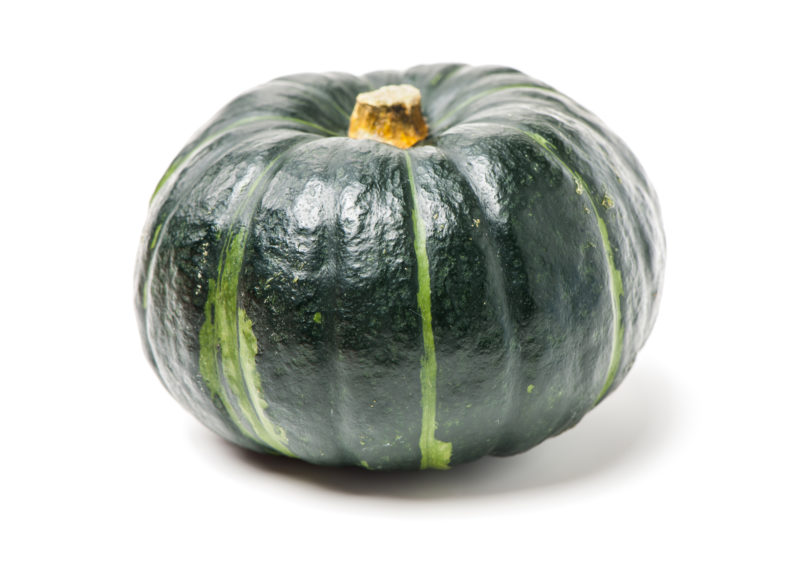
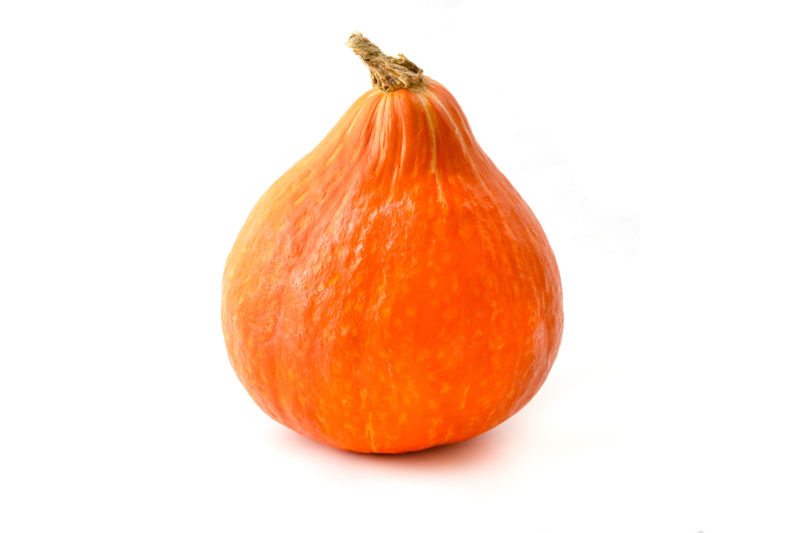
Red Kuri Squash
The beautiful rusty orange color of red kuri squash looks just as beautiful sitting on the counter as it does in your next meal. This creamy squash’s sweetness is especially drawn out when roasted or grilled, and it’s a lovely pumpkin substitute when baking, for pureeing into soups or stuffing with grains and meat. The skin is edible but a little tough to peel until it’s been cooked.
Blue Hubbard
Easily identifiable by their inedible ashy-toned blue-grey skin, blue Hubbard squash are great to keep in rotation for flavor development throughout the season. Its flavor continues to develop while stored in a cool, dry place, and the starches slowly convert to sugar. This buttery, richly flavored squash has been compared to a drier sweet potato, and because the inedible skin may be difficult to slice, proceed with caution when cutting into them. The blue Hubbard takes well to either sweet or savory preparations, and is especially delicious with strong flavors like cinnamon, cumin, curry, chili powder, and more… squash tacos anyone?
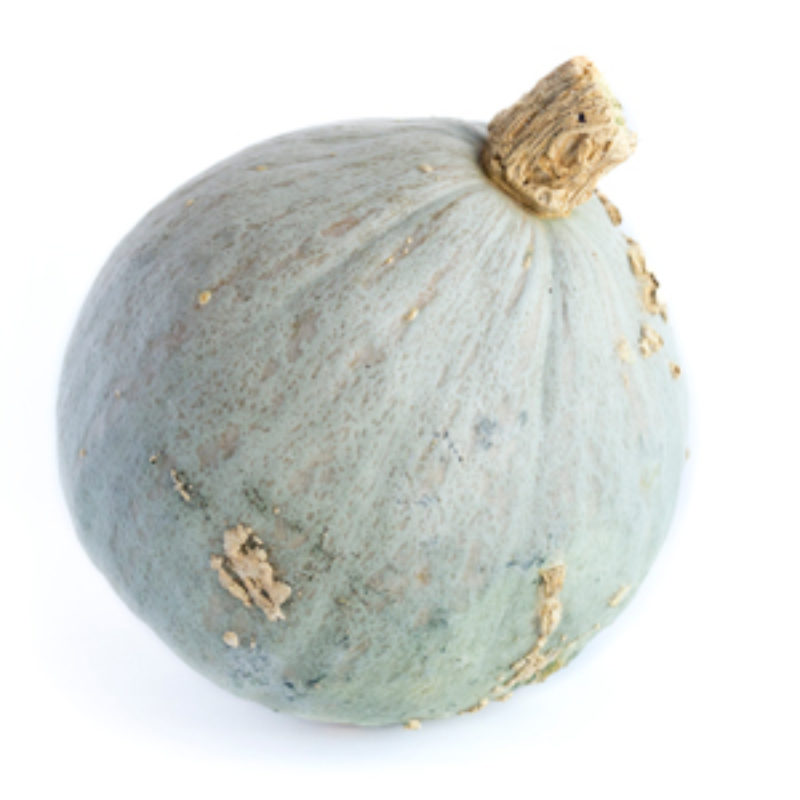
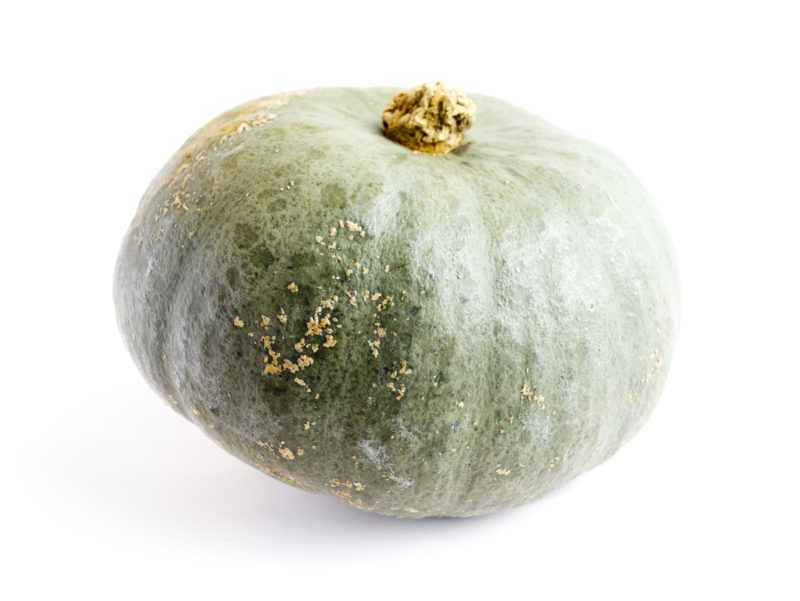
Kabocha Squash
The mustard colored flesh of the kabocha is very sweet and rich tasting. Its dry texture is a balance between a sweet potato and a pumpkin. It has the highest sugar content of any squash, and is excellent baked as a side dish or stuffed.
